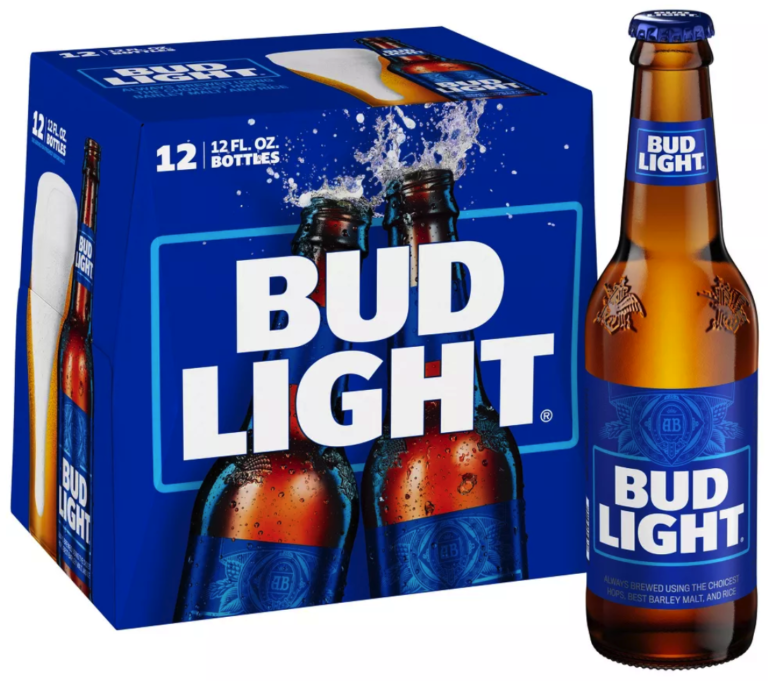If marketers had a dollar for every time someone said, “We need more leads,” they’d retire early and sip Mai Tais on the beach in Figi. But here’s the thing: screaming for leads without a strategy is like fishing without bait—pointless and frustrating. Demand generation and lead generation aren’t just industry jargon. They’re two sides of the same coin—and when used together, they build the kind of growth engine where your customers come to you.
So, let’s get into it.
Demand Generation vs. Lead Generation: What’s the Difference?
The two terms frequently get used interchangeably, although they serve as teammates who support different functions. The relationship between these concepts resembles Batman and Robin, just like peanut butter next to jelly.
Demand Generation
Demand generation is the strategy of making people care about your brand before they even know they need you.
It’s all about creating awareness, building trust, and educating your audience so that when they’re ready to buy, your company is already top of mind. Think of it as the long game—using content, thought leadership, events, and outreach to spark curiosity and guide prospects toward interest.
Lead generation
Lead generation is the process of turning that interest into action.
Once someone is aware of your brand, lead generation captures their information—like an email or job title—through gated content, webinars, or sign-ups. It’s the bridge between awareness and opportunity, helping marketing and sales teams focus on real, qualified prospects.
Real-world example: You host a webinar titled “5 B2B Lead Gen Strategies That Actually Work.” That’s demand generation. Then, you require registration to attend — bingo! You’ve got lead generation in action.
Demand Generation Tactics to Build Awareness
Now let’s rewind a bit. A prospect needs to discover your existence before becoming a lead. Demand generation performs the essential role of generating leads for business development.
Try these tactics:
- Podcast appearances: Share insights and stories to reach new audiences.
- Thought leadership articles: Establish your brand as the go-to expert.
- PR & industry press: Build credibility and reach decision-makers.
- Video series: Educate, entertain, and explain — all at once.
- Retargeting campaigns: Remind warm prospects why you matter.
Immediate lead generation does not occur through these methods. Marketers can establish trust by building familiarity and cultivating brand equity, which turns into vital elements needed to optimize the sales funnel.
Why Effective Lead Generation Matters
People understand our brand, but why would demand generation alone serve as sufficient advertising when they don’t know about us?
Here’s the deal: Research indicates that 63% of marketers face generating leads as their primary marketing challenge – for good reason. Brand recognition does not translate easily into audience engagement, which subsequently leads to generating new business opportunities.
But it pays off.
Lead nurturing programs built by companies create 50% more high-quality prospects while reducing costs by 33% as compared to organizations without lead management. Those prospects represent your marketing budget in action where a true ROI can be achieved.
Effective lead generation solves some major headaches:
- An empty pipeline (panic-inducing)
- Cold outreach (soul-crushing)
- Low-quality leads (time-wasting)
- Weak ROI (career-limiting)
With the right strategies, lead generation becomes less of a scramble and more of a sustainable growth engine.
Core Strategies for High-Quality Lead Generation
1. Content Marketing & Lead Magnets
People refuse to hand over their email address unless they receive meaningful value. They seek instant value that is concrete along with practical utility. That’s where lead magnets come in. These are your irresistible offers:
- eBooks
- How-to Guides
- Templates
- Checklists
- ROI calculators
- Infographics
Excellent lead magnets indeed resolve genuine customer problems by utilizing outstanding landing pages that feature distinct and compelling call-to-action elements. The CTA “Download our free B2B Lead Gen Audit Template” is something users will definitely click.
2. SEO and Inbound Lead Generation
Being absent from searches with the phrase “how to get more leads” makes your business vanish from view.
That’s why SEO matters — not just for ranking, but for relevance. Build content around keywords like:
- demand generation vs lead generation
- lead generation ideas
- B2B lead generation strategies
HubSpot and SEMrush offer tools to find suitable search terms and performance tracking, which allows your blogs and guides to become efficient traffic generators.
3. Webinars, Virtual Events & Live Demos
A real-time discussion leads to building genuine trust. Webinars and demos are real-time engagement opportunities where your target audience can receive real value in a “live” environment. Webinars and demos allow you to:
- Educate your audience
- Show off your expertise
- Interact in real-time
- Enable real engagement with your target audience
Webinars are an ideal tool for determining potential client quality. Participants who commit 45 minutes to your online webinar prove much more engaged than people who simply like your LinkedIn content.
4. Paid Campaigns and Social Media Ads
Sometimes, you need a little boost.
Proper targeting, through Google Ads or social media paid ads, can be achieved by creating exact-match messaging for your specific target audience. A combination of specialized landing pages and barriers to content access makes your lead generation efforts successful.
Bonus tip: Don’t forget to A/B test your creative and copy. See what works and what doesn’t. This will save you time, money and effort in the long run. The smallest tweaks can have the biggest impact.
How to Qualify and Nurture Leads
Not all leads are created equal. Some are hot and ready to talk. Others? Not so much.
That’s why lead scoring is a game-changer. Scoring your leads within your marketing automation or email marketing tool enables you to prioritize and communicate properly with your leads, regardless of where they are in the decision-making process. Use behavior-based criteria like:
- Content downloads
- Email engagement
- Event attendance
- Website activity
Each action should receive a particular score. The higher the score, the hotter the lead. After scoring leads, you should place them into automated nurturing tracks that provide personalized experiences. Programs should be customized based on industry type, occupational role, or current position within the customer’s buying journey.
Organizations that sustain their leads through nurturing achieve better conversion results while spending less to acquire customers. Translation? Don’t ghost your leads. Stay relevant, stay consistent.
Final Thoughts: A Strong Funnel Starts with Smarter Strategies
Lead generation and demand generation collaborate as complementary strategies instead of functioning against each other. This dual approach creates a forceful sequence that creates awareness while building trust to generate strong prospects, which will complete your sales pipeline.
To recap:
- Use content and SEO to bring in the right audience
- Create irresistible lead magnets to capture info
- Host webinars and demos to qualify prospects
- Run paid ads to accelerate growth
- Automate follow-ups to nurture and close
Oh — and don’t forget to align with sales. Marketing can attract all the leads in the world, but if sales isn’t ready to close them you simply end up with a leaky funnel.
Do you want to examine your demand and lead generation process carefully? Let’s talk. Our team at Content Revolution Labs supports organizations through all stages of funnel development, from demand creation to lead management and leak detection, to enhance funnel effectiveness without extra effort.







